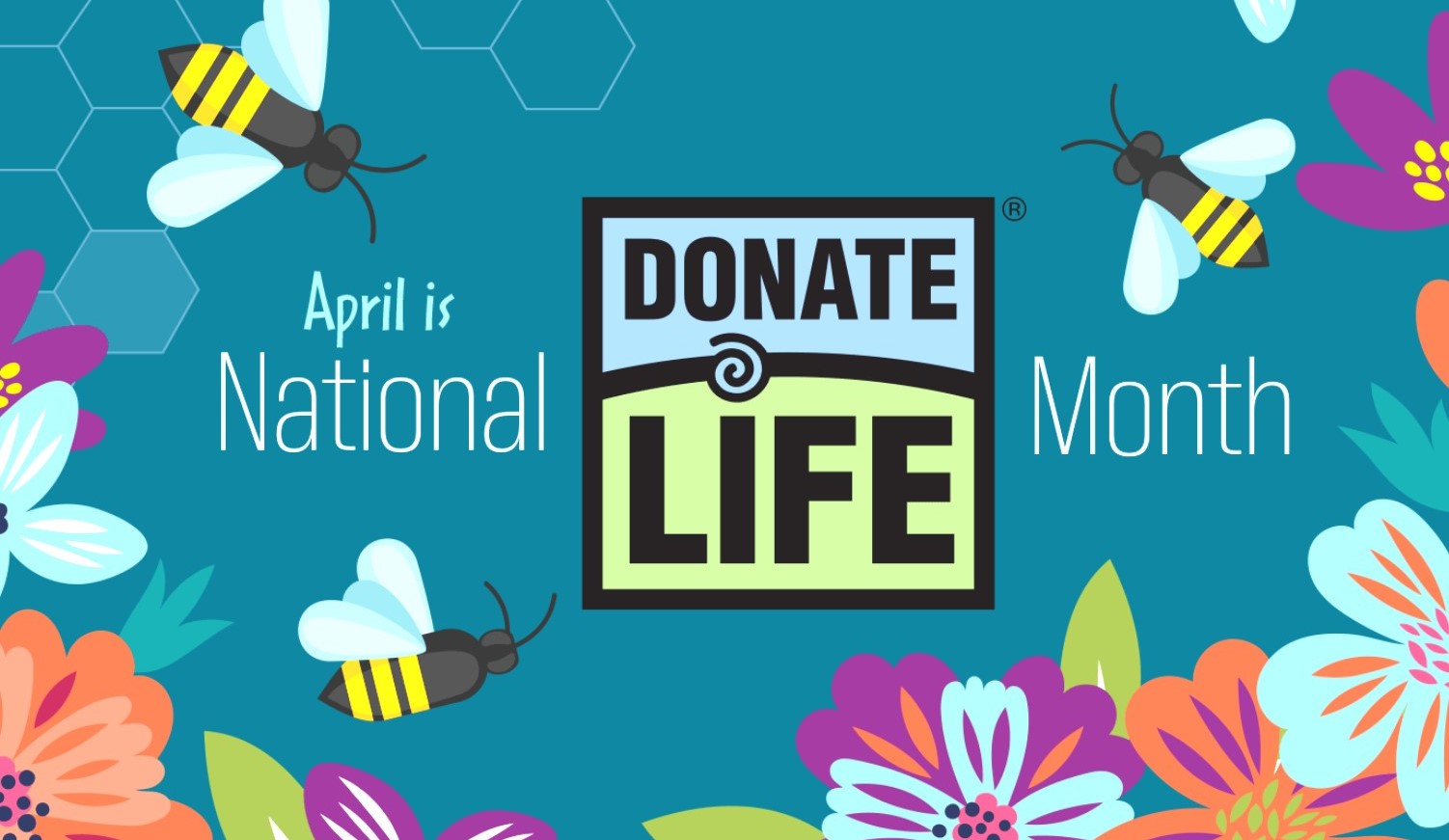
April is National Donate Life Month. In fact, April 3 was Donate Life Living Donor Day, a time to honor living organ donors for saving and healing lives.
These observances and recent media stories and films highlight the urgent, widespread need for lifesaving donations of organs—especially living kidneys—by generous benefactors. (By the way, March was National Kidney Month, and The United Methodist Church will observe Organ & Tissue Donor Sunday November 10 this year.)
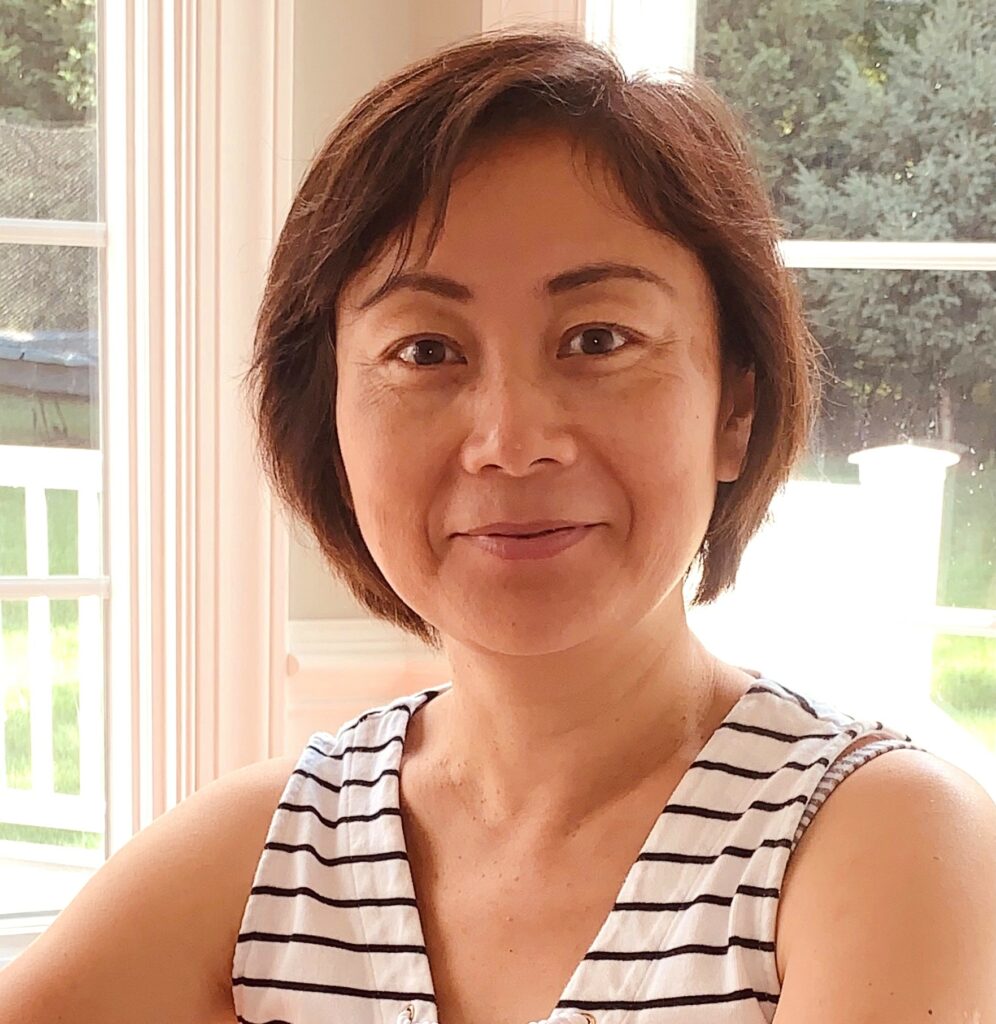
Diane Boggess, a multinational corporation tax attorney, received her first lifesaving, donated kidney 20 years ago. A dormant, childhood autoimmune disease— exacerbated by her stressful young adult life—attacked her kidneys. It was made worse by a difficult pregnancy and the premature birth of her son.
With both kidneys suffering from end-stage failure, she desperately needed a new one. Among several family members and friends who volunteered, it was her beloved mother-in-law who was a good, healthy match and came to the rescue without hesitation. A family in need is a family indeed.
The kidney began to work immediately, removing toxins from her body and replacing the greenish tint in her face with a normal pink hue. “As if having a mission of its own, the transplant was unbelievably determined to make a difference,” she recalled.
However, immunosuppressants needed to prevent the human body from rejecting a transplant also take their toll. Thus, a successfully transplanted, live kidney typically lasts from 12 to 20 years.
By 2022 Diane’s new kidney was failing and in dire need of replacement. This time it was her church family, at Grove UMC in West Chester, Pa, along with friends, neighbors and colleagues who came to the rescue.
“I didn’t feel I deserved a second transplant,” she recalled. “And asking people to give me their kidney was no small ask.”
More than 90,000 people in the United States are waiting to receive a kidney transplant. Average waits to receive a kidney from even a deceased donor can stretch to nine years. Those on the list must receive regular dialysis to stand in for their failed kidneys; and 4,000 people in the U.S. die each year waiting to receive a transplant.
National Kidney Registry a major resource
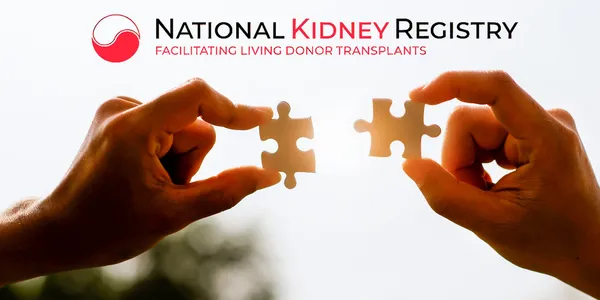
But this time Diane had a major resource to help in her search. She joined the National Kidney Registry, which tries to increase the number of well-matched kidney transplants from living donors by improving the donation process.
A determined, entrepreneurial father, who endured a long, difficult ordeal to secure a donated kidney for his young daughter, started the nonprofit online registry in 2007. It facilitates paired transplant exchanges, sometimes involving cross-matching among multiple donors, recipients and hospitals.
So far, the registry has facilitated over 8.700 transplant exchanges. And in December 2023 the Penn Medicine Transplant Institute in Philadelphia set a world record with 100 paired kidney exchange transplants in one year.
Like others in need of healthy, lifesaving kidneys, Diane shared her story and her need on the registry and on Facebook to help inform and inspire potential donors. And then she waited.
“It took me awhile this time to get the word out. But on December 6, 2021, I was diagnosed with irreversible end-stage again, and I was put on a national donation waitlist.”
That wait could be up to eight years for a donation that matched her blood type and other criteria.
“It was devastating,” she recalled. “Part of me felt like I didn’t deserve a second chance. I already had a donated kidney. How would it be possible to ask for another one? I had to wrestle with that.”
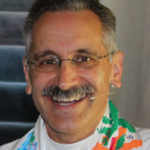
Finally, Diane told her pastor at the time, the Rev. Gary Knerr, who now serves at Thorndale UMC and plans to retire in June. “Gary kept asking me about it,” Diane said. “And he persuaded me to have some trust and let him share my need with the congregation. I really didn’t feel comfortable doing that; but he convinced me there was no harm in it and that it could be a good thing.”
Diane who keeps up with longtime friends and family on Facebook, used her page to let them know of her struggle and urgent need. “They were clicking the links to read my story and then to learn about kidney donation.” Some sought information on how to be screened. And some, who were not a blood match, even looked into the National Kidney Registry to see if they could join in a multi-participant kidney exchange effort.
Church members respond to pastor’s appeal
Knerr did share her need; and with his encouragement, church members began signing up with the confidential donor network, hoping to be deemed a match to share their healthy kidneys with Diane.
“This is what pastors do,” said Knerr. “We observe HIPAA (health information privacy act) rules, but too often we find out somebody’s been ill or in the hospital days, weeks or months later. So, the opportunity to minister to someone’s health needs and help them bring their faith to bear on a life event—it’s what we do.
“Grove is unique and has a long, rich history of helping people in need,” he explained. “So, talking about this need was not a hard thing to do. And the response was quite positive.”
Knerr reminded members regularly of Diane’s need for a kidney and even related it, in a sermon, to human connections that can evolve from being merely transactional, to relational, to sacrificial—following Christ’s example of selfless, transformational friendship.
That’s how Diane and Susan Parno see their friendship. Indeed, Knerr calls them “sisters in Christ.”
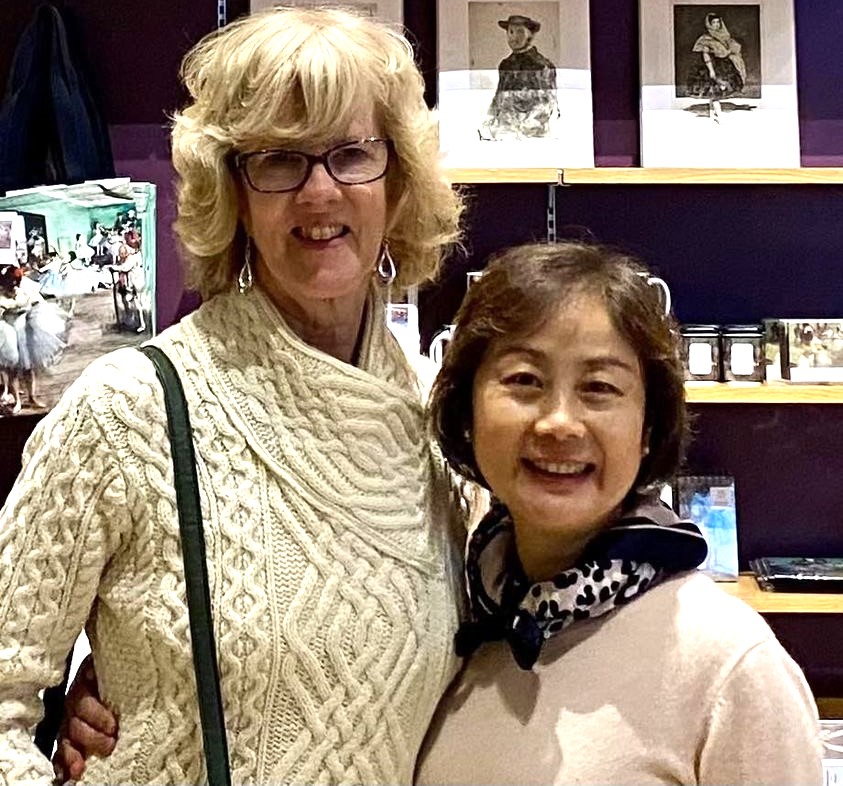
Susan, a Grove member since 1994, led Grove’s new members class when Diane and her family arrived a decade ago. Attending different worship services, they rarely saw each other—that is until they met up to attend a Pennsylvania Ballet Company performance together and discovered a bond in their mutual love for ballet.
Becoming fast friends, Susan read about Diane’s need on Facebook and decided to see if she was a match.
“I started reading about kidney donation, but I didn’t say anything to Diane,” Susan said. “I wanted to think about it and learn more about it. I read her page on the National Kidney Registry donation site and started talking to my family about it. I started to think, ‘You know, this is something I could do. Maybe it’s something I should do.’
“Then on a Sunday morning, Gary preached a sermon about different types of relationships, and one was a sacrificial friendship. And I thought, ‘You know what? I think I’m ready for this.’ Gary handed out to each of us as we left church a little card that had Diane’s name and the link to the kidney donor registry site. And I thought, ‘Yep, I’m going to do this.’
‘I’m going to do this; I’m going to register’
Maybe it was a coincidence that I heard Gary’s sermon at the time that I needed to hear it. But I felt it was an amazing confirmation. I went home and told my husband, ‘I’m going to do this; I’m going to register.’”
Susan registered and went through the initial screening, but only told Diane when she received positive signs of a possible match. “I emailed her that it was early, but we’ll see how it goes.”
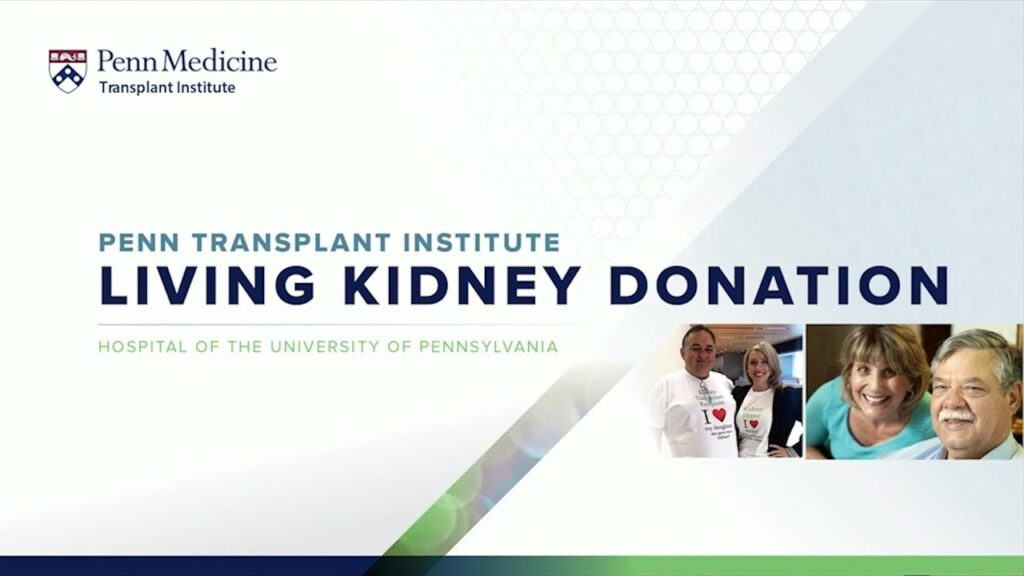
A long process ensued. She went through the University of Pennsylvania Hospital Transplant Center’s screening tests “to make sure that I was completely healthy and able to do this safely with little risk.” The center assigns separate health teams— doctors, nurses, psychologists, nutritionists—to deal with the potential donor and the recipient, so there’s no conflict of interest.
Throughout the process, Susan said, “Diane and I got to know each other better. We were communicating a lot more. I had had abdominal surgery a couple of times in my 20s and came through it just fine. So, the surgery part didn’t scare me at all. I kept thinking, ‘Let’s keep going.’ I kept pushing the people at Penn Hospital, telling them I was ready for the next step and then the next.”
When Susan finally got the call that she was approved medically and physically, it was time to do another test to see if their antibodies matched. It wasn’t 100 percent, which only happens with identical twins; but it was “good enough.”
“We were both thrilled to get that news, and then the next step was to get it scheduled. “They said they would schedule it for August; then it was October. But Diane got in there and started pleading her case, because the doctors could see that her health was getting worse. She was in bad shape. So, they finally decided on mid-September.”
Because of hospital staff shortages and unavoidable delays in the waning days of COVID, Diane had to go on dialysis every other day for three weeks. It was a difficult but eye-opening experience for which she is grateful. “I saw other people suffering through that process with headaches and nausea, and I felt such compassion for them.”
Susan didn’t tell other church members about the early progress in her screening. “I wanted the focus to be on Diane and her health. And I didn’t want anybody who was a potential donor to say, ‘Oh, it’s already taken care of.’ I wanted all potential donors to keep getting screened. But when we got finally approved, we went ahead and let people know.’
The two friends arrived at the hospital September 15, 2022. “I felt excited, but I wasn’t scared about it,” Susan recalls. “I thought this is going to be great.”
‘We felt enveloped by love and prayer’
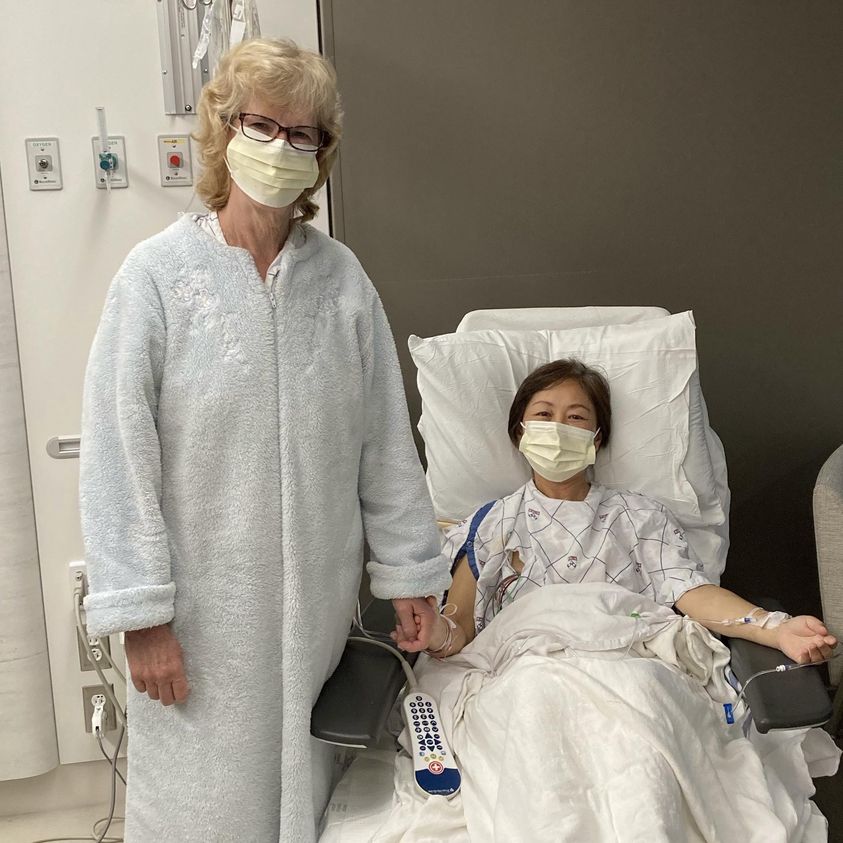
Grove members participated in a 24-hour online prayer vigil, organized by the Rev. Lin George, associate pastor. “There were people praying for us all throughout the day,” Susan recalled. “And we received an outpouring of cards and notes and emails from people. We just felt enveloped by love and prayer. That was wonderful.
“And the surgery went great,” she continued. “There was a little bit of discomfort for me at first, but after that, I felt great. And Diane looked great. We could visit each other in the hospital, and we took walks down the hall together, pulling our IVs with us.”
Today, Diane says she is thankful and eager to pay her blessing forward. “I have a lot of mental energy and physical energy now. And I’m pondering and praying and doing research to learn how I can serve others more now and when I retire (in about 12 years).” She is considering a second career in counseling or nursing home chaplaincy to help others.
“I feel like the best thing that came out of all of this was Diane being so healthy,” said Susan. “You know, she can pursue her family life, her career, her life in a normal way feeling good, not tethered to a dialysis schedule.
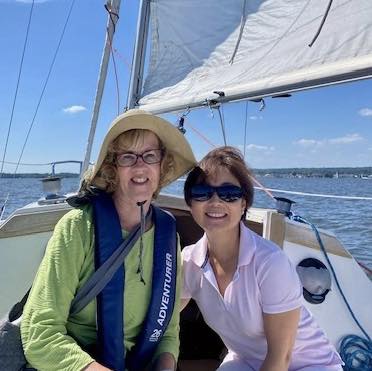
“The second-best thing is that we’ve become really close friends. And that’s been wonderful. We see each other and we talk to each other frequently. We’re like kidney sisters.”
“What a story of God’s Providence!” said Knerr. “It was the Holy Spirit who brought these two women together at Grove. This was a beautiful opportunity, a faith-confirming event for the whole church. It was and will continue to be a great witness that Diane and Susan brought to the people at Grove and to all people who hear about this.”
